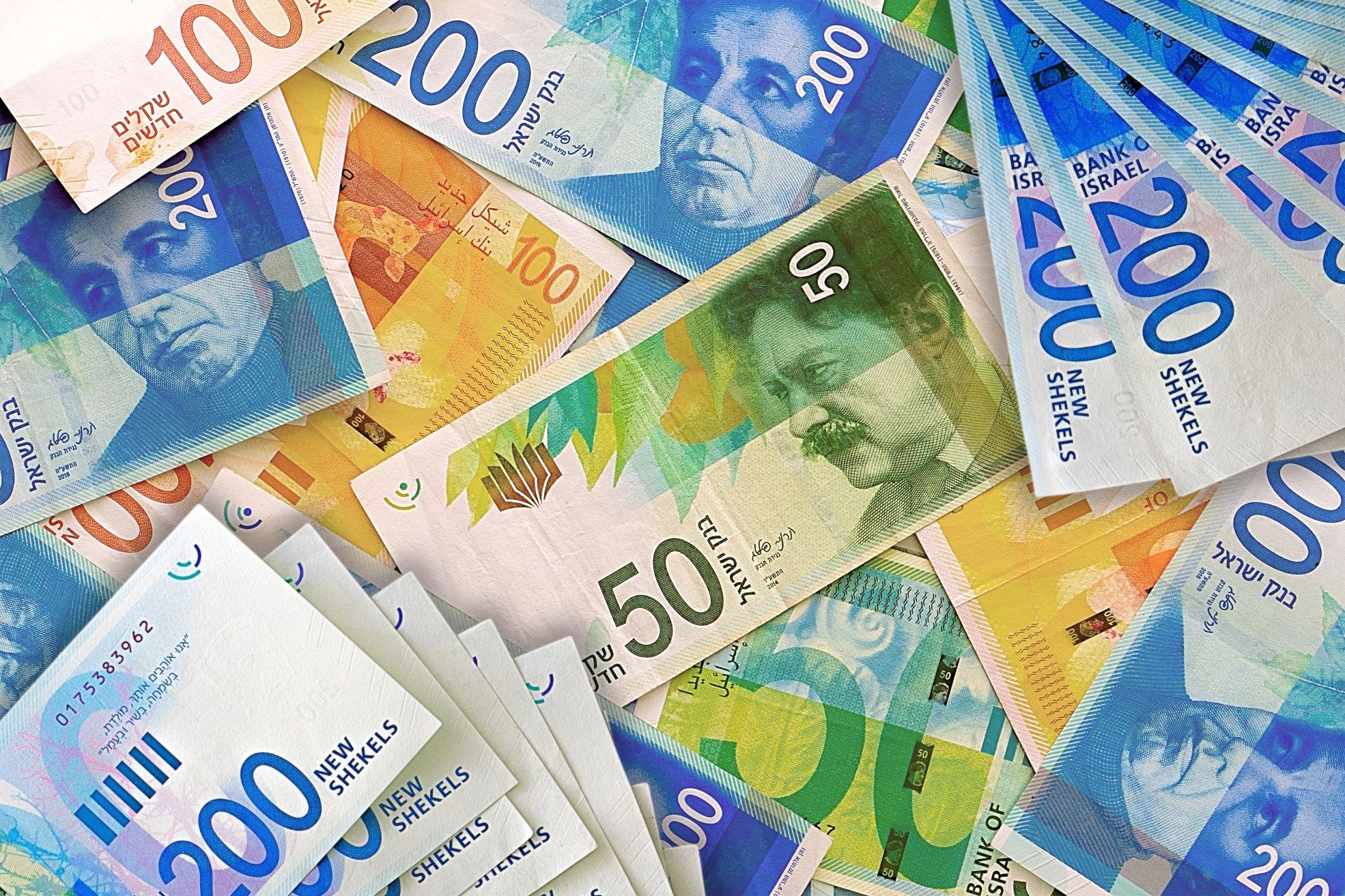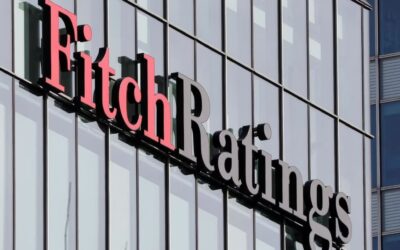In recent weeks, the shekel had been experiencing a significant devaluation against the US dollar due to the ongoing war with Hamas. However, this week marked a remarkable turnaround, as the shekel strengthened against the dollar, causing the American currency to move back below the 4 shekels mark, signifying a nearly 3% strengthening of the Israeli currency. This development has garnered significant attention, considering that the conflict has not yet concluded, and the Israeli Defense Forces had expanded their ground operation in Gaza. So, what is driving this shift in the foreign exchange market, and can we expect this trend to persist?
One of the key factors contributing to the shekel’s resurgence is the hope that the ground phase of the conflict will help shorten the war and its associated economic impacts. The Bank of Israel has also played a pivotal role in stabilizing the shekel’s exchange rate. It announced a plan to sell dollars, a move intended to curb the shekel’s devaluation, which the bank’s governor, Amir Yaron, has labeled as “the greatest risk to inflation.” This commitment to stabilizing the shekel was a significant factor in the recent decision to leave interest rates unchanged. It’s possible that the Bank of Israel’s actions are intensifying the shekel’s appreciation.
External factors are also influencing the shekel’s exchange rate. Alex Zabezhinsky, Meitav’s chief economist, notes that the Federal Reserve’s decision to keep interest rates steady has weakened the dollar globally. Additionally, recent gains on Wall Street have the potential to bolster the shekel’s strength. Institutional entities may have responded to these Wall Street gains by selling dollars to reduce their foreign exchange exposure.
Zabezhinsky emphasizes that while the correlation between Wall Street increases and shekel strength has weakened over the past year due to increased local uncertainty, it hasn’t disappeared entirely. He points out that the recent consecutive gains on Wall Street have had a positive effect on the shekel.
So, is shekel to continue strengthening against the greenback? Zabezhinsky suggests that the shekel’s future appreciation hinges on the institutional bodies’ desire to reduce their exposure to the local currency. He anticipates that they won’t want to increase their foreign exchange exposure any further, so any strength in the US markets is likely to lead to a stronger shekel.
In conclusion, the shekel’s recent turnaround against the dollar is a complex interplay of factors, including hopes for a ceasefire, the actions of the Bank of Israel, and external economic forces. While it’s difficult to predict the future with certainty, the prevailing sentiment suggests that the shekel’s strengthening trend may persist, contingent on a range of economic and geopolitical variables.





0 Comments